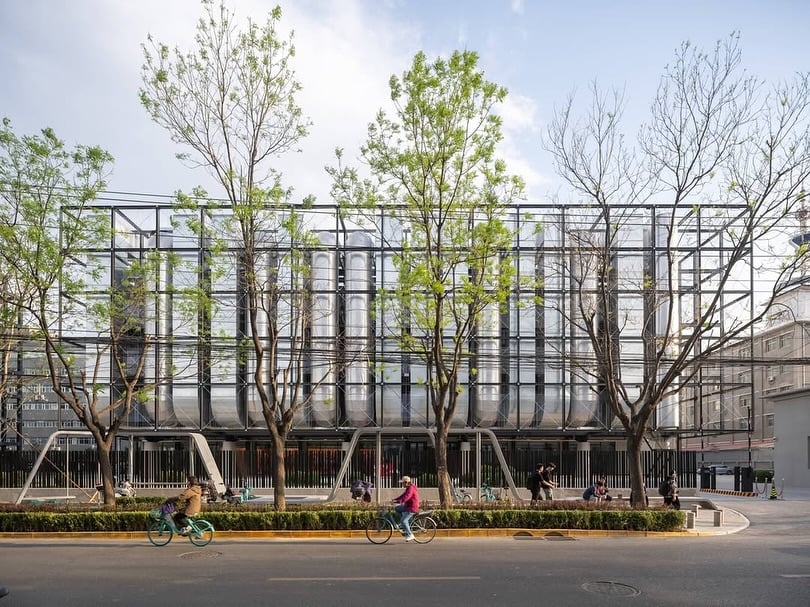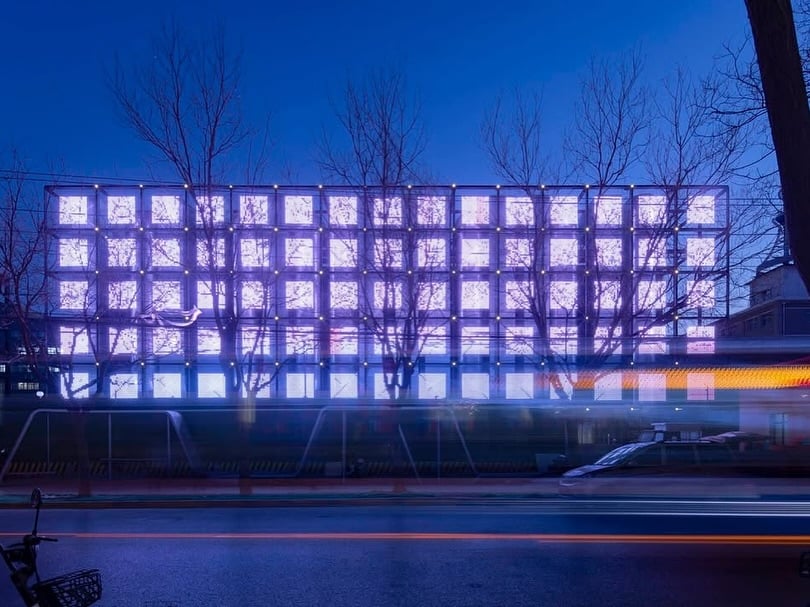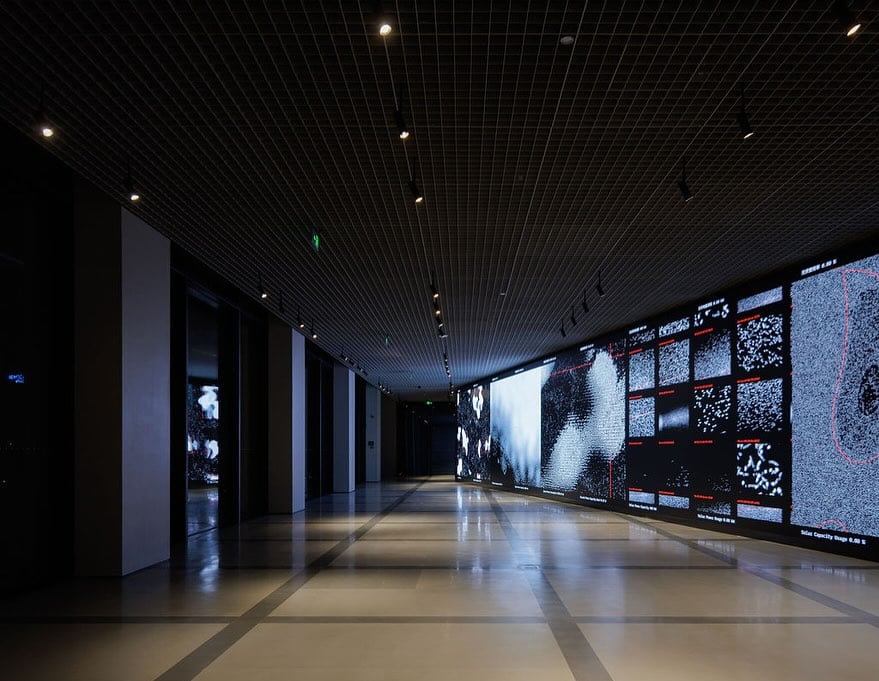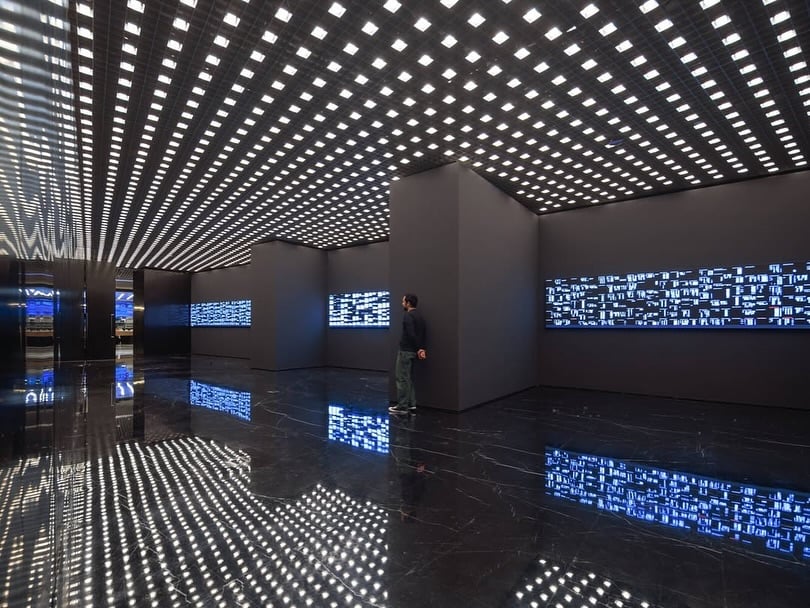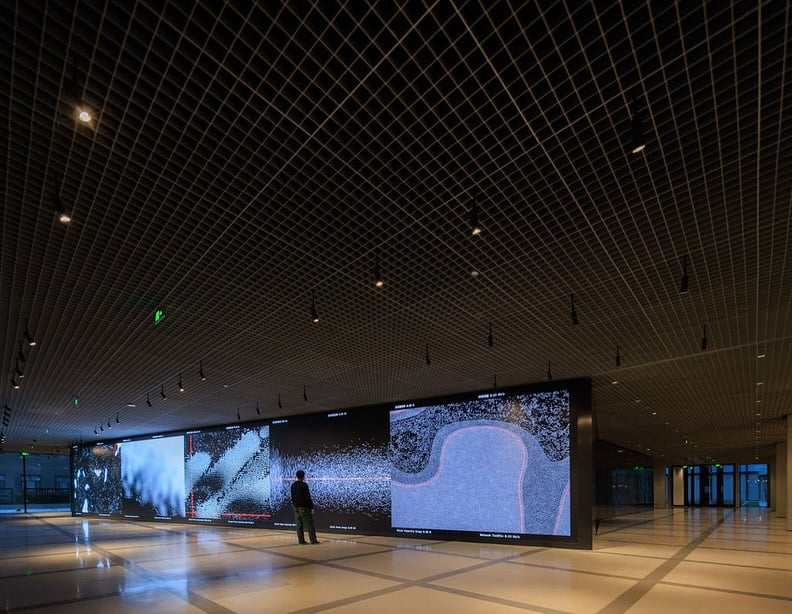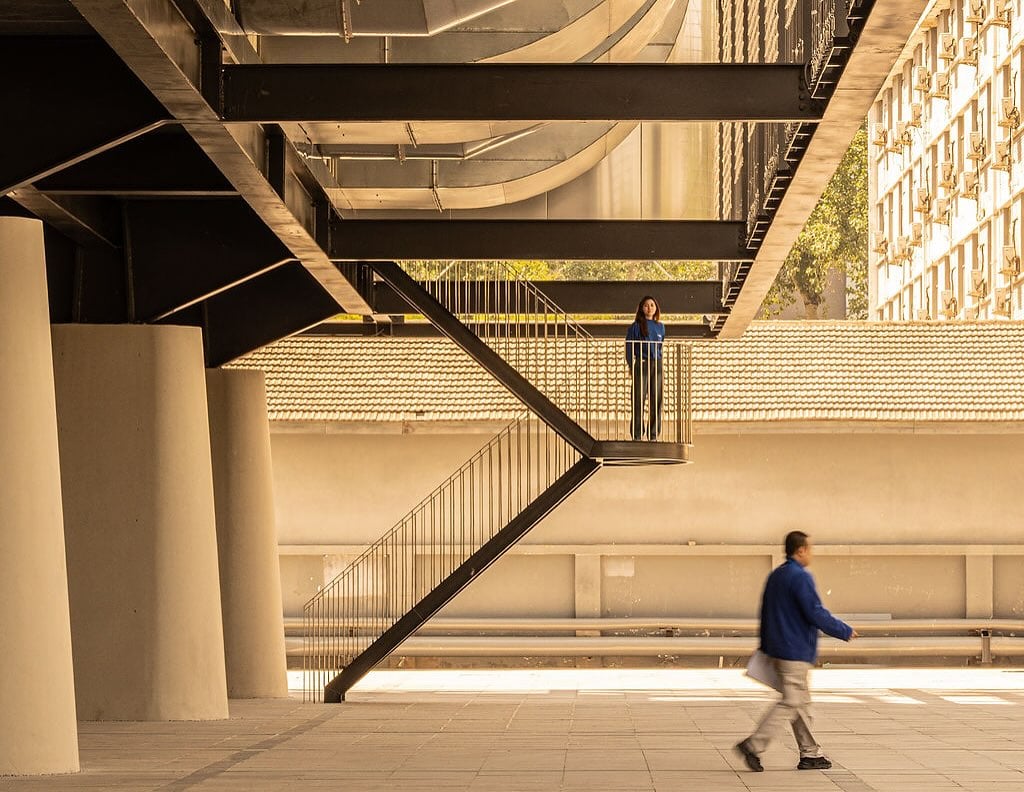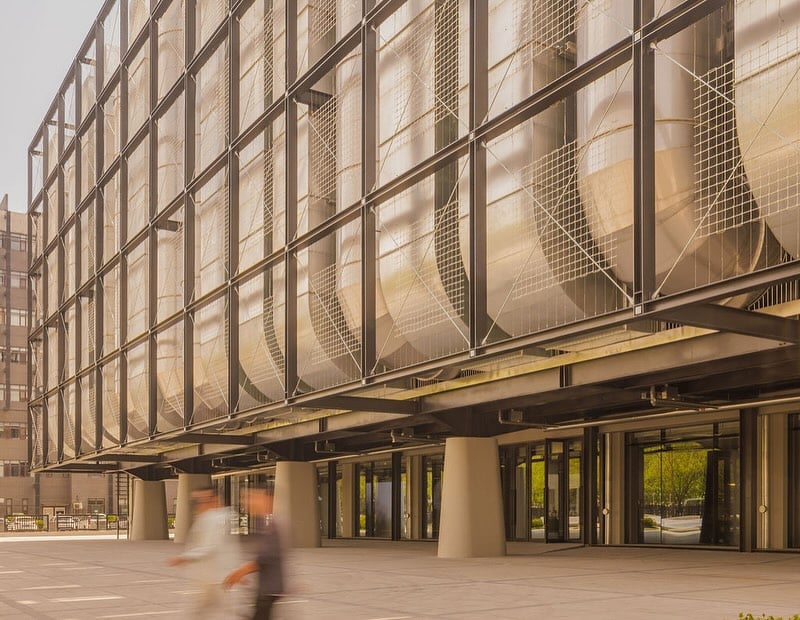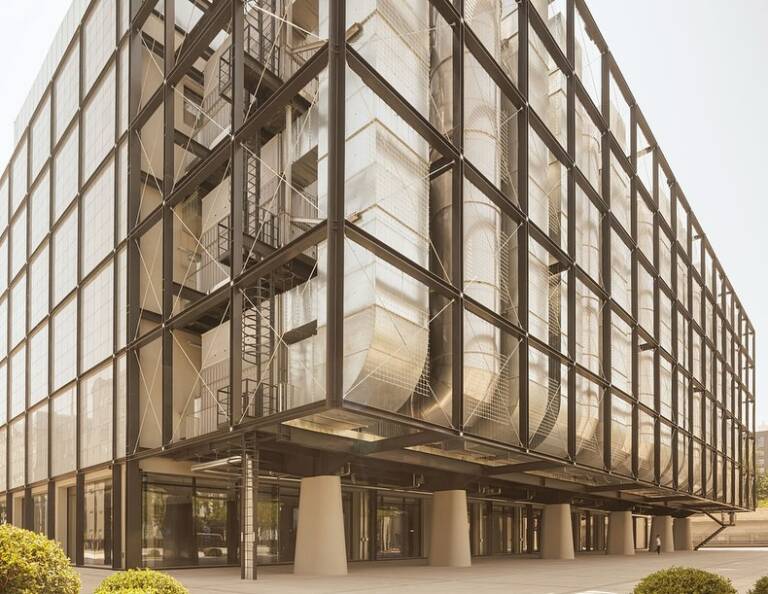Beijing’s latest architectural marvel, Spark 761, is more than just an AI data centre—it’s a living organism designed to evolve alongside the very technology it houses. Located in Jiuxianqiao, a creative neighbourhood in the Chaoyang District, the project reimagines what a 21st-century data hub can be: not a closed-off fortress of servers, but a transparent, adaptive environment where humans and artificial intelligence coexist.
Rethinking the relationship between human and AI
The building, conceived by llLab in collaboration with Beijing Electronic Digital & Intelligence, challenges the traditional notion of a sealed-off data facility. Instead, Spark 761 was envisioned as an open, interactive space that allows the invisible processes of AI to become visible, tangible, and even beautiful.
Its design philosophy revolves around balance: the human and AI dynamic is represented in two key architectural concepts. The “black box” houses offices, exhibition halls, and the so-called Computing Power Theater, a space for reflection and dialogue about society’s evolving relationship with technology. In contrast, the “glass box” exposes the building’s inner workings, making the once-hidden infrastructure visible to the public and encouraging interaction.
Design features of the AI data centre
Spark 761’s architecture symbolises its dual role as both machine and environment. By day, its grid-like façade reveals a balance of opaque and transparent structures, allowing glimpses of the technological core within. By night, the physical form recedes, replaced by a luminous skin of lights and screens that visualise streams of digital information. It is as if the building itself comes alive—its “heartbeat” visible to the city around it.
The architects describe the project as a digital organism: a structure with embedded layers of AI that can adapt as technology advances. This bio-inspired design even hints at biological systems—breathing, circulation, and rhythm—making Spark 761 feel less like a static building and more like an evolving ecosystem.
Humans and artificial intelligence in symbiosis
Spark 761 is not only an AI data centre but also a cultural landmark for the digital age. Its spaces host offices, multipurpose halls, cafés, and exhibition areas that encourage public engagement. The Computing Power Exhibition Hall, for example, traces humanity’s progress from the agricultural age to today’s AI-driven era, inviting visitors to consider how infrastructure shapes society.
The project ultimately aims to dissolve barriers between humans and artificial intelligence. By exposing what was once hidden, Spark 761 allows people to understand, interact with, and even co-evolve alongside AI. As the architects put it, the building was never meant to resist change but to embody it—an architecture that grows as its occupants and their technologies grow.
